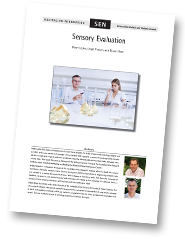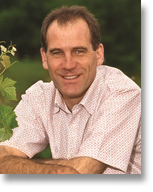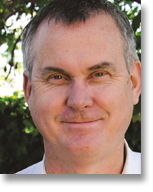This book chapter presents an overview of practical sensory assessment aimed at wine industry personnel and wine science students. Topics covered include the attributes of a good wine taster; the psychological influences on tasting assessments including presentation order effects and biases; physiology of the sensory systems and causes of variations in individual’s responses; quality scoring; sensory evaluation in commercial winemaking practice, and the tasting environment. Formal methods of sensory analysis including discrimination testing; rating methods; threshold testing and consumer testing are also presented, with information on statistical analysis and interpretation of tests. Finally, there is a section detailing dental care and prevention of tooth erosion when tasting wine.

$16.50Add to cart
Table of Contents
1 Introduction
2 Attributes of a good taster
2.1 Physical abilities
2.2 Mental and linguistic skills
3 The psychology of tasting
4 The formal assessment of wine quality
5 The 20 point scoring system
5.1 Appearance: Colour and clarity
5.2 Aroma
5.3 Palate
6 Commercial winemaking
6.1 In the vineyard
6.2 In the winery
6.3 Practical pitfalls to avoid
7 The tasting environment
7.1 Glasses
7.2 Lighting
8 Formal methods for better applied sensory assessment
8.1 Panel recruitment: screening tests
8.2 Difference testing
8.3 Threshold testing
8.4 Quantitative sensory descriptive analysis
8.5 Consumer testing
8.6 Assessing winery trials
9 Dental care: wine tasting and your teeth
9.1 Protective measures: before tasting
9.2 During tasting
9.3 After tasting
9.4 Remedial techniques
10 Conclusion
Authors

Peter Leske
http://www.revenir.com.au/who_are_we.htmlPeter has made and tasted wine for over three decades. He holds a Roseworthy Oenology degree and an MBA, and is part owner and manager of the Adelaide Hills’ specialist contract winemaking facility Revenir. He also consults to a range of producers in McLaren Vale, the Adelaide Hills and the Clare Valley. He has held a variety of production positions, notably with Jeffrey Grosset, Nepenthe, domaines Dujac, Alain Graillot and l’Arlot in France, and California’s E&J Gallo. Between winemaking roles, Peter spent five years as Manager of the Technical Services Group at The Australian Wine Research Institute, which included developing and leading the Advanced Wine Assessment Course.
In 2007, largely to silence all those who kept asking when he would do ‘it’, he launched his own wine label: La Linea; in partnership with marketing and distribution guru and mate David LeMire.

Leigh Francis
http://www.awri.com.au/people/staff/leigh-francis/Leigh is a Research Manager at the Australian Wine Research Institute where he leads the sensory and flavour chemistry research teams. Prior to joining the AWRI he had chemical engineering research roles and worked as a winery laboratory technician. With a degree in chemistry, and a PhD from the University of Adelaide, he spent a post-doctoral period with Professor Ann Noble at the University of California, Davis, a pioneer of wine sensory evaluation, and has been with the AWRI since 1988.

Diane Hunt
Diane Hunt is a dentist and a senior lecturer at the Adelaide Dental School, the Faculty of Health Sciences, The University of Adelaide. Her special research interests are the mechanism and prevention of wine erosion damage to teeth and resulting sensitivity, which are common occupational risks for many professional winemakers and tasters. She was invited to lecture to oenology students at The Australian Wine Research Institute on this topic.
